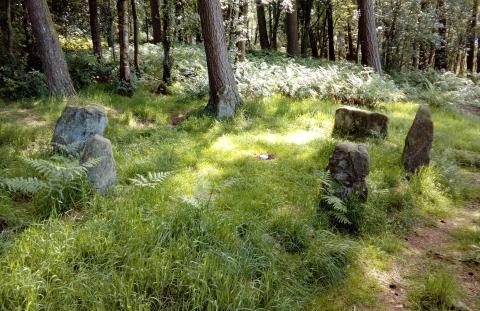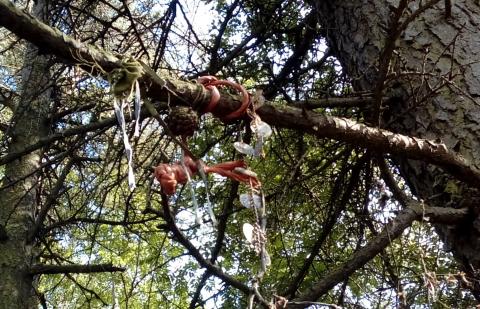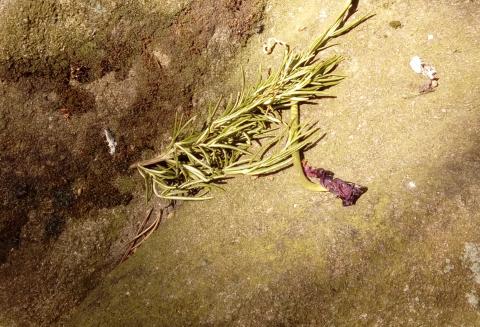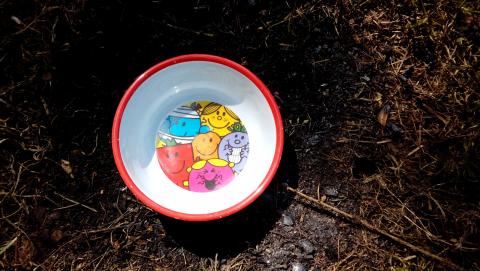Doll Tor and its Pagan Worship

Last month I visited Doll Tor stone circle in Derbyshire. It’s thought to date back to 2000-1500BC, and a number of burial urns were excavated from it in the 1930s. The site is now covered by trees, but it still commands excellent views. I was interested to note the many tokens left at the site by modern visitors. Ribbons tied to nearby trees, sprigs of lavender placed on grooves in the stones. One had placed a bowl in the circle’s centre, perhaps one from which offerings had been left. Unfortunately, they had chosen to use one with a Mr Men theme which stole any mystical ambience from the scene.


Pagan beliefs seem to be revived in Post-Christian Britain. The hollow atheistic materialism which permeates so much of our national life has left some feeling unfulfilled. Paganism accepts the spiritual dimension whilst maintaining a love for nature. The BBC’s religion pages explain:
Pagans do not believe that they are set above, or apart from, the rest of nature. They understand divinity to be immanent, woven through every aspect of the living earth.
This statement clearly differentiates paganism from the Christian gospel. The Bible teaches that man is a part of the created order, yet it is also for his benefit. We are lords of creation, given special dominion by the Creator. This does not mean servitude and abuse for non-human life and features, but it does mean they were they made for our pleasure.
Secondly, ‘divinity’ became immanent in the person of Jesus Christ, through whom all things were made. God can be found, not in ribbons and rocks, but the Person of His Son.
That they should seek the Lord, if haply they might feel after him, and find him, though he be not far from every one of us.
-Acts 17:27

- Log in to post comments


 Sunday Worship 10.45am & 6.00pm
Sunday Worship 10.45am & 6.00pm